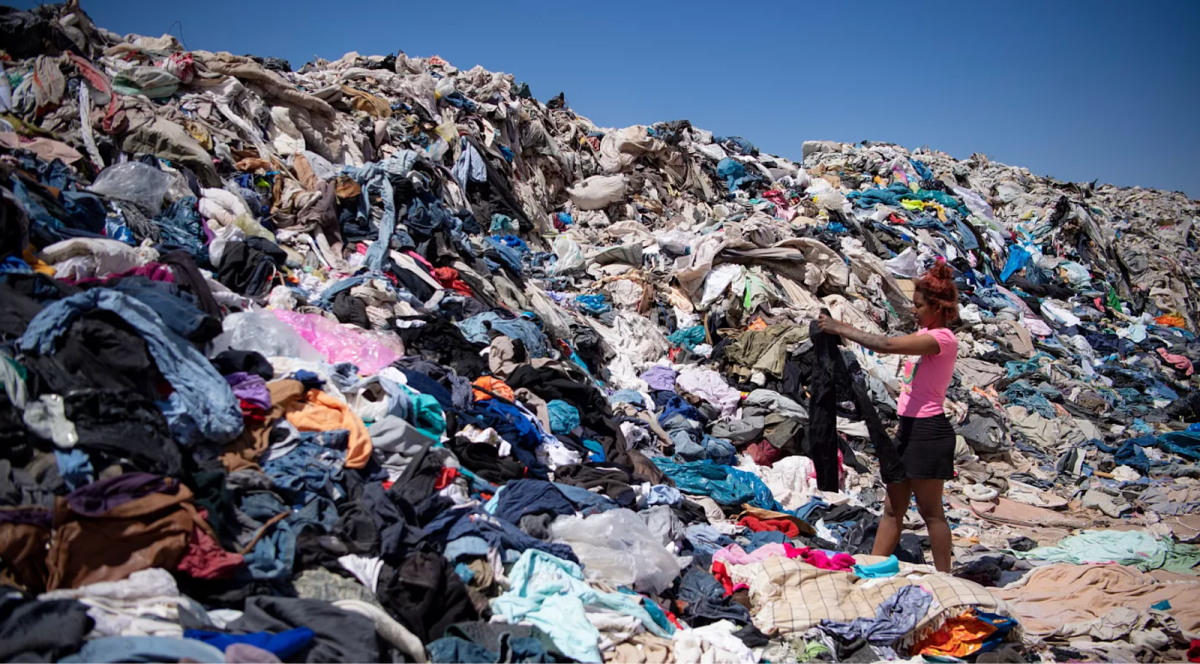In a world where many common lifestyle choices have dire consequences towards creating a devastating impact on the environment, fashion is an area where crucial changes can be made to make a real difference. Wearing second hand clothing is not only an affordable way to elevate a wardrobe with more unique, timeless pieces but also reduce the harmful environmental impacts of fast fashion. By choosing to repurpose clothes, a more sustainable—and fashionable–-future is within reach.
“I buy all of my clothes from the thrift,” said Faith Rivera, 12. “Not only do I love vintage pieces, but it also helps sustain the environment. You can find so many quality, cute clothes if you just take the time to look. I’ve built my entire wardrobe just from buying and repurposing secondhand clothes.”
As social media increases the demand for companies to mass produce every new fleeting fashion trend, the environment suffers as millions of pieces of cheap, non-biodegradable clothing are wastefully discarded in landfills every day.
“Fast fashion has become a major issue regarding pollution,” said Jennessa Sirignano, 12. “So many clothes end up getting dumped into landfills where they’re left unregulated. The fabric used to mass produce these pieces is cheap and not only takes decades to decompose, but also contains harmful dye chemicals that poison and pollute ecosystems”
Buying clothes second hand doesn’t only contribute to a healthy environment, but the quality of vintage clothing is often much more sustainable and long-lasting then that of clothes being currently sold in stores.
“The quality of clothes has decreased so much lately,” said Sirignano. “I’ve noticed that clothes from decades ago are still able to be worn and look good, while a piece of clothing made recently will begin to fall apart after only a few wears. I’d rather own clothing that will last me years over clothes that only last until the next trend comes along.”
Style doesn’t need to be sacrificed for the sake of being eco-friendly. With patience and an open mind, thrifting can be a rewarding experience.
“I feel like everything being sold is the same now. Companies aren’t trying to be innovative anymore, the internet just tells them what’s popular,” said Rivera. “It’s why I love thrifting so much. I’m able to really be creative picking out these clothes that come from all of these different periods of time. Through thrifting, I’ve found a fun, unique wardrobe that I feel really confident in.”
Repurposing used and vintage clothing isn’t just for the aesthetic value; it’s a movement towards conscious consumerism. Fashion doesn’t have to be disposable, and style is less about what’s brand new and more about how it can be suited to an individual’s own self expression. Choosing to shop second-hand will help reduce pollution, resist the pull of fleeting, wasteful trends, and cultivate a lasting, self-expressive wardrobe.









